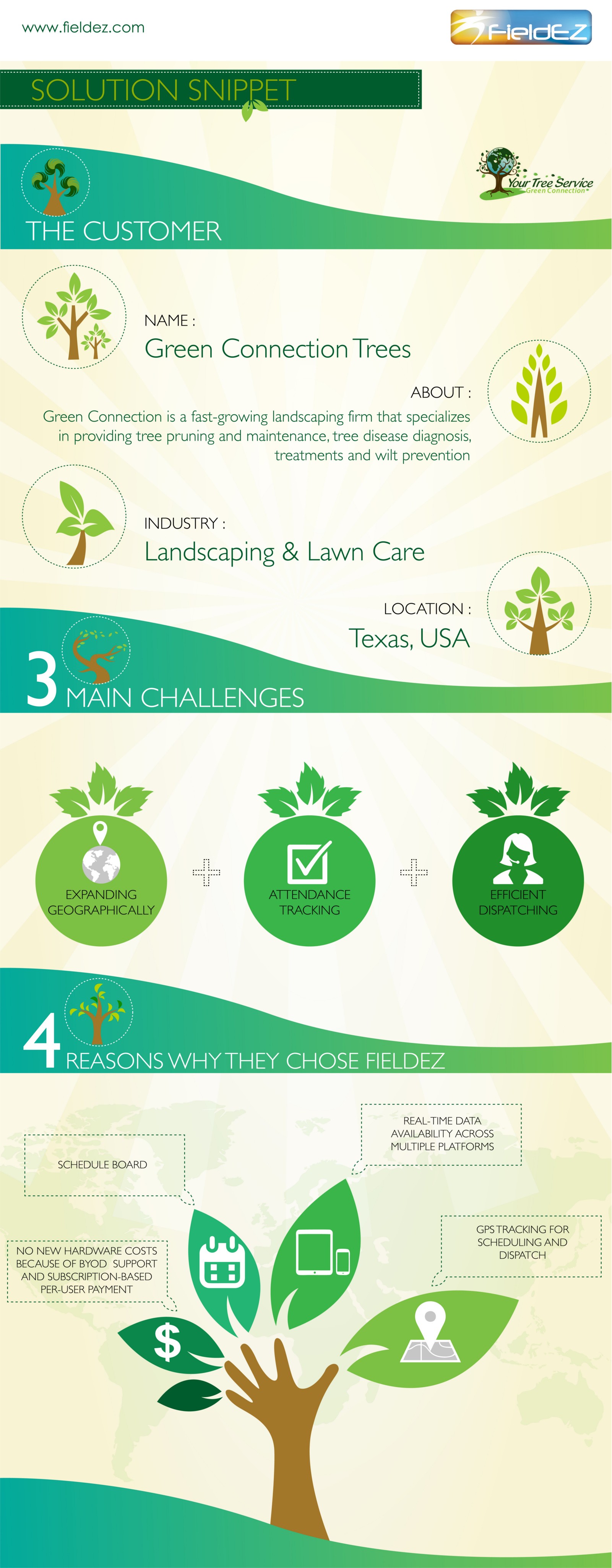Seasonal Tree Treatment: When Is The Best Time To Remove Trees?
Seasonal Tree Treatment: When Is The Best Time To Remove Trees?
Blog Article
Created By-Stokes Parsons
When contemplating the very best time to eliminate trees from your building, a crucial equilibrium has to be struck between tree health and safety concerns. Consider the possible threats posed by unpredictable or worn out trees, and exactly how their elimination can mitigate these dangers. However when precisely is the optimal minute to undertake this task? Keep tuned to discover the seasonal nuances that could affect your choice and make sure the health of your trees and surroundings.
Optimal Timing for Tree Removal
When it concerns choosing the perfect timing for tree elimination, it's critical to take into consideration elements such as the health of the tree, safety and security issues, and ecological regulations. Examining the tree's overall wellness is essential to figure out if elimination is required. Dead or diseased trees posture threats and need to be removed immediately to stop accidents or building damage.
Safety concerns, such as closeness to buildings, power lines, or roadways, likewise play a significant role in establishing the best time for elimination. Following environmental laws is crucial to guarantee that the elimination procedure is carried out responsibly and legally.
Taking into consideration these elements, the optimum timing for tree elimination might vary. Usually, it's advised to remove trees throughout the dormant period, typically in late loss or winter. Throughout this moment, trees aren't actively expanding, making elimination much less difficult for the tree. In addition, with fewer fallen leaves, it's easier for arborists to evaluate the tree's structure and safely perform the elimination process.
Seasonal Elements to Think About
To ensure effective tree care methods, it's necessary to take into consideration the seasonal factors that can influence the health and development of your trees. Comprehending these seasonal variations can aid you plan your tree treatment activities successfully.
In spring, trees focus on brand-new development and budding. This is an optimal time for trimming to form the tree and get rid of dead branches.
Summer brings hot weather, necessitating correct watering to maintain trees hydrated.
Autumn is when trees start getting ready for inactivity, making it a great time for deep root fertilization to support their root systems.
Winter season, with its chilly temperatures, is a period of dormancy for most trees, making it a convenience for tree removal or major pruning.
Impact on Tree Wellness and Landscape
Thinking about the seasonal aspects that affect your trees is crucial for their general wellness and the appearance of your landscape. Proper tree treatment throughout the year can significantly affect their well-being and the visual appeal of your outside area.
For instance, trimming throughout the dormant cold weather can promote healthy and balanced development in the springtime, while eliminating dead or diseased branches in the fall can avoid prospective dangers throughout winter months storms. Furthermore, checking your trees for indications of parasites and diseases during the ideal periods can aid preserve their vitality and prevent prevalent invasions.
Additionally, the condition of your trees directly affects the general landscape style. dave's tree service that are properly maintained and healthy can improve the beauty and worth of your property, while neglected or damaged trees might diminish the visual allure of your outdoor environment.
Recommended Reading
Remember, the best time to get rid of trees is during the dormant season to decrease stress on the tree and guarantee its health and safety. Consider the seasonal variables and possible risks prior to organizing tree removal. By prioritizing responsible tree care and upkeep, you can keep a safe and visually pleasing landscape for years ahead.
